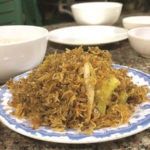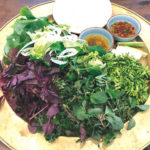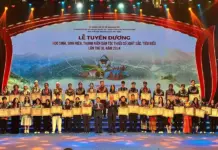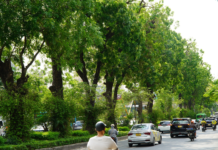Many Vietnamese dishes, such as pho, bun cha, and banh mi, have gained international recognition due to their diverse ingredients and intricate preparation methods.
Australia’s Traveller magazine has included Banh Cuon (steamed rice paper rolls) in its list of the world’s top 10 dishes to try, alongside sushi from Japan and Sarawak Laksa noodle soup from Malaysia. The magazine marvels at the way the thin sheets of steamed rice noodles are wrapped around flavorful fillings and served with herbs and sauce.
Banh Cuon, a traditional Vietnamese dish, often goes unnoticed compared to its more well-known counterparts like banh mi and pho.
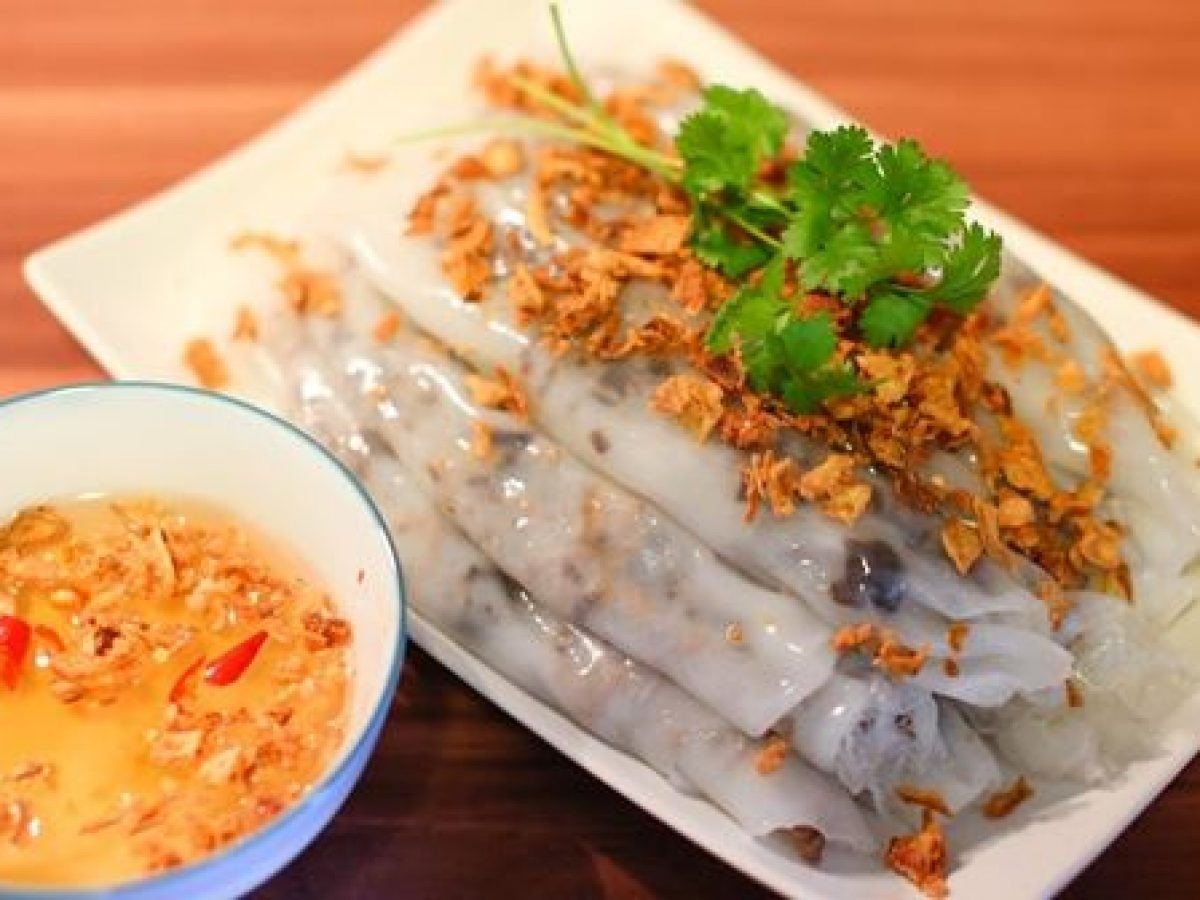 |
| Photo: Bep Cua Toi |
The main ingredients of Vietnamese steamed rice roll
For many Vietnamese, their preferred breakfast options vary. Some enjoy a piping hot bowl of pho, while others prefer “Xoi Xeo” (Vietnamese sticky rice). However, a significant number of people start their day with a visit to a Banh Cuon stall.
Banh Cuon is primarily made from rice, a staple ingredient in many Vietnamese specialties. Selecting the right quality of rice is crucial for Banh Cuon, as it should not be too soft or too hard, ensuring it doesn’t turn into a powdery liquid when ground.
How to make Vietnamese steamed rice rolls?
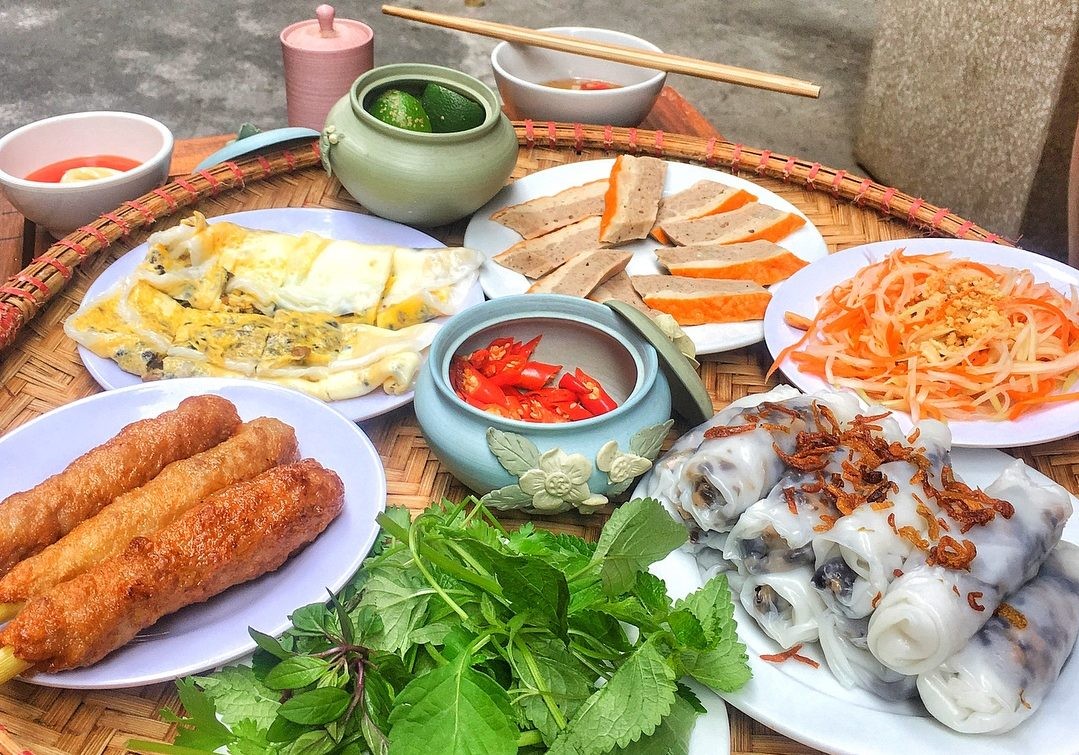 |
| Photo: Emoi.vn |
There are various regional variations of Vietnamese steamed rice rolls, each with its own unique recipe. However, the basic process remains the same across most regions:
The rice is soaked in water for 2-3 hours before being milled into a smooth and soft powder. Traditional gristmills are preferred over modern machines for the best results.
Once the rice flour-water mixture is prepared, it is left to rest at room temperature for 2-3 hours. A pot of boiling water at 100ºC is always kept ready at local food stalls to cook the rolls as needed. A thin layer of rice batter is poured onto a cloth and quickly spread to create a thin coating. The roll is then steamed and carefully removed from the cloth, resulting in a thin and almost transparent rice roll.
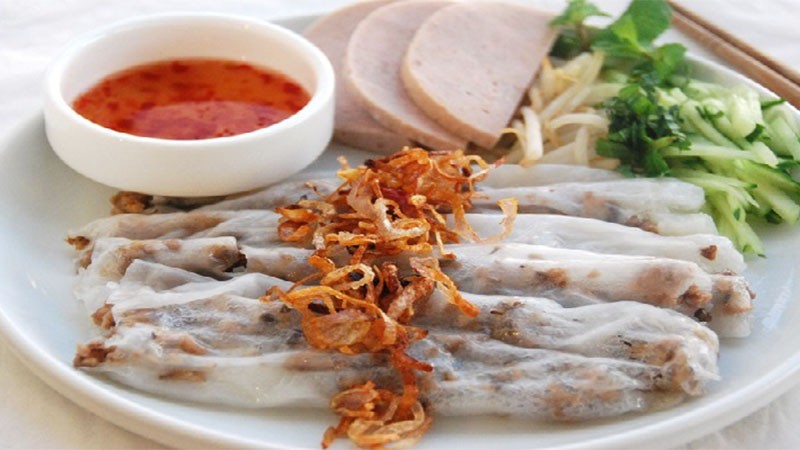 |
| Photo: Bach hoa XANH |
Typically, fillings are added to the steamed rice roll after cooking. In Northern Vietnamese provinces, the fillings often include pork and mushrooms.
Thanh Tri, Hanoi, is renowned as the birthplace of Vietnamese steamed rice rolls. The distinctive feature of this variation is the thin and chewy roll coating, which is topped with dried shallots. Thanh Tri steamed rice rolls are usually served with “cha que” (roasted cinnamon pork) and a special sweet and sour fish sauce with “ca cuong” spice, adding an irresistible aroma to the dish.
In contrast, Cao Bang steamed rice rolls are served with a bottle of sweet bone broth instead of dipping fish sauce. The fillings usually do not contain wood-ear mushrooms, and dried shallots are omitted. Chopped onions are added to the broth for a more aromatic flavor. These rolls also have egg fillings and taste incredibly appetizing when dipped into the bone broth.
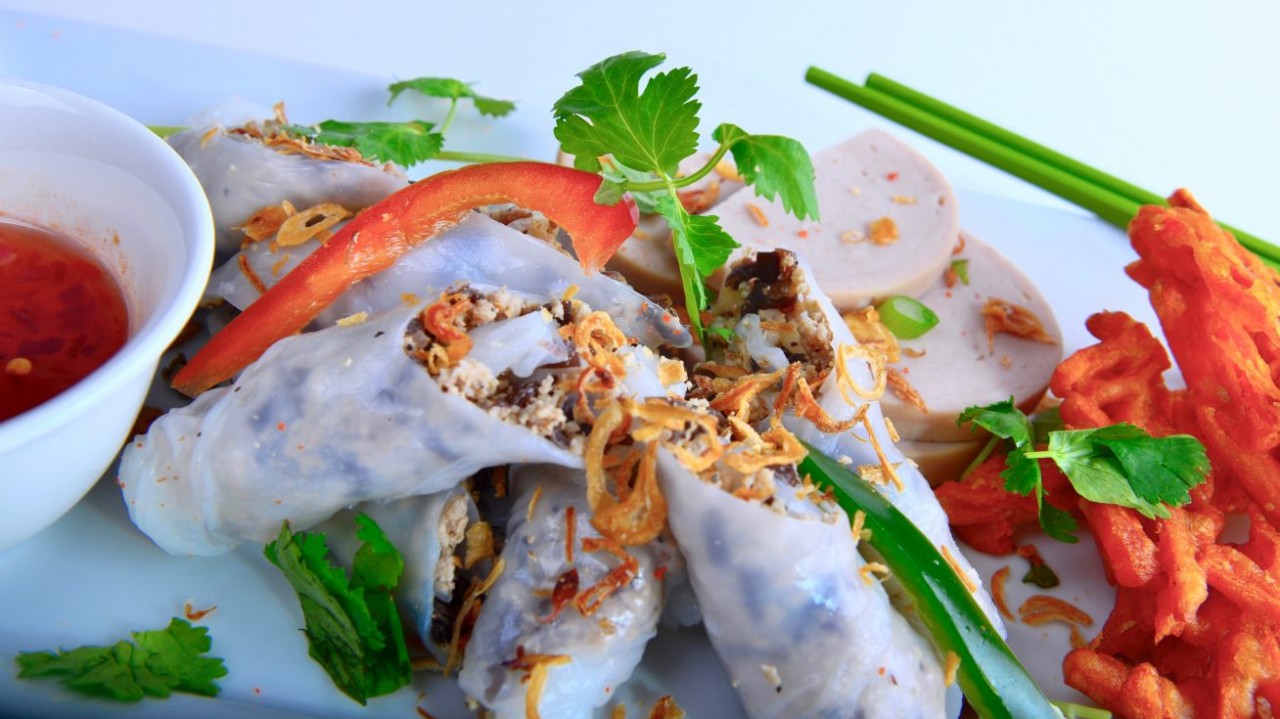 |
| Photo: Tay Ho Food Company |




